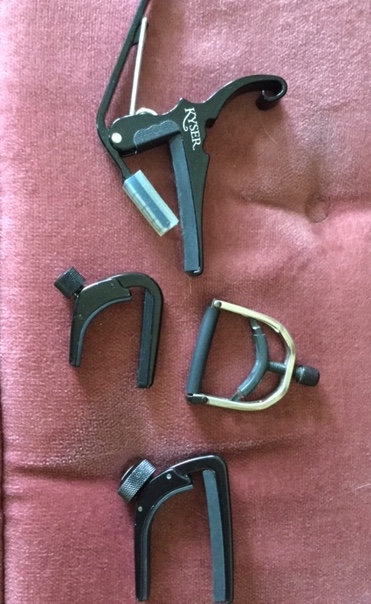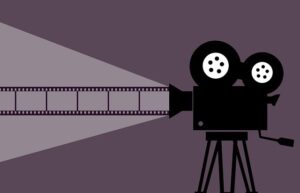My relationship with the capo is still in development. As a fledgling banjo picker, I’m not exactly qualified to present music theory as it relates to using a capo, but have experienced a thing or two while learning to use one.
What is this capo thing anyway? The formal definition:
ca·po
Pronounced – kāpō or käpō
noun – a clamp fastened across all the strings of a fretted musical instrument to raise their tuning by a chosen amount.
The capo isn’t used for all fretted bluegrass instruments. In fact I’ve never seen one used on a Mandolin and couldn’t imagine the pressure required to press down on strings that are already at a “finger torture” level of tension. For newbie banjo, guitar, and dobro pickers, the capo can be a life saver or the bane of one’s musical journey.
Early on, long before diving into my first exposure to a slow jam, I took some banjo lessons from Sam Yale, who just so happened to live next door. He was an excellent teacher and an amazing picker. He taught me some “G” and “D” licks that I could squeeze into some of the tunes and songs I was learning in the key of G.
I asked Sam, “What happens when the music is in a different key?” Sam told me, “For now, just use a capo. “ I picked up a capo from my neighborhood music shop so I could learn how to play in different keys. Unfortunately, Sam moved back east before I got the complete lesson on capo usage.
Shortly thereafter, I was surfing the web for slow jams and discovered that Greg Stone’s Taborgrass class and jam was nearby. One Saturday morning with banjo and capo in hand, I attended my first session. Aside from feeling totally lost while attempting to chunk backup chords to “Saint Anne’s Reel”, I kept getting strange looks from other banjo pickers seated nearby. Even though I had my capo on the second fret like everyone else, my banjo sounded really bad. I stayed for that whole session and played the music that was in the key of G or C and avoided the fiddle tunes all together.
I was afraid to ask what I thought was a silly question, so I went home to do a little on-line research on how to capo a banjo for different keys. I soon realized that I’d overlooked the need to capo the 5th string of the banjo. I didn’t know anything about railroad spikes or the Shubb capo. I found a reference to a cheater 5th string banjo capo made from a Bic pen cap. It sort of worked, but made a mess of the action and I kept getting my thumb inappropriately tangled in the 5th string when playing rolls.
In the end, I took my instrument to a local luthier and had spikes installed so that I could hook the fifth string an octave up from the root of whatever key the music was being played (five frets above the capo).
There are few things I discovered about capos along the way. First off, they come in all sorts of shapes sizes and mechanical complexity. Not all capos and banjos are compatible. For example, if you play an instrument with a radius fretboard, some capos will work better than others. Regardless of what type works best with your instrument, invariably you’ll have to re-tune when you use one (probably doesn’t apply to the dobro). Clamping the strings adds tension making your strings go sharp.
One capo brand I read about claimed to have a design that didn’t require retuning. Retailing at around $60, it is perhaps the most expensive capo you can buy. Fortunately, a fellow banjo picker had one for me to try. She warned me with the following, “I think it is a piece of crap, but who knows, it might work for you.” She was right. The thing seemed like a gimmick anyway – knuff said!
I noticed some other banjo pickers using a type of capo that can remain attached just above the nut when not in use – I bought one and quickly found out it won’t work on my banjo. The angle at the top of the neck caused the tension screw to interfere with my hand position while playing down there. Similarly, I’ve tried the spring clamp type capo and discovered they too have disadvantages. Eventually I found one that works well.
I’ll conclude with an answer to another silly question I had. Is a capo really necessary? The short answer is NO, with one small exception. On the banjo, you’ll want to consider the pitch of fifth string and determine if and where it might need to be hooked in. Otherwise, for those skilled musicians who can quickly translate chord shapes and scales to different keys, it must be nice to be liberated from all the re-tuning.
Finally, there should be no such thing as a silly question. Whatever it is, I’ll suggest that there is no reason to be embarrassed by asking questions of other musicians. Nobody wants to be that picker that digs into sour notes because they were afraid to ask how to use a capo. Been there, done that…not pretty.



Ah, so this is not a capo de tuti capi, right? Otherwise, the FBI might be reading your blog….